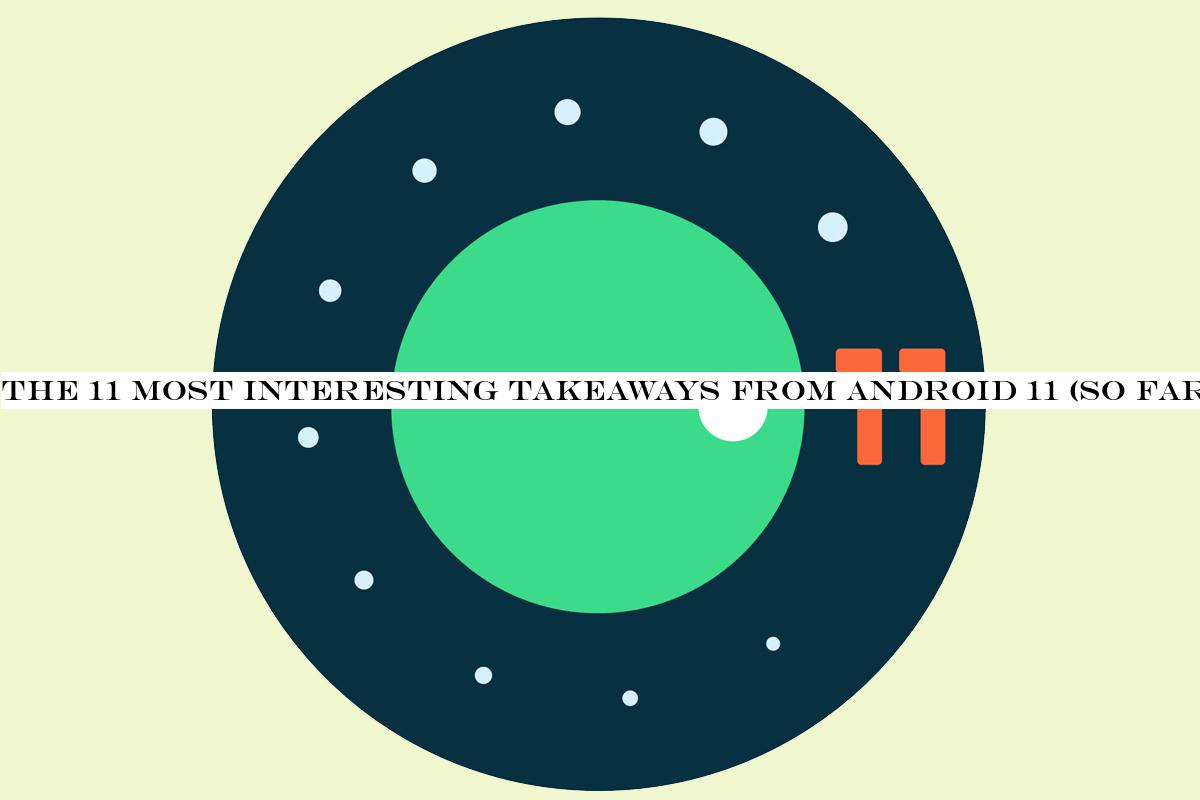Music
Trailers
DailyVideos
India
Pakistan
Afghanistan
Bangladesh
Srilanka
Nepal
Thailand
Iraq
Iran
Russia
Brazil
StockMarket
Business
CryptoCurrency
Technology
Startup
Trending Videos
Coupons
Football
Search
Download App in Playstore
Download App
Best Collections
Technology

Purdue University has announced an interesting mobile concept, a means to free up lots of space that is now housing apps and app data. Why not, the university asks, stream the apps themselves from the cloud?
Let's let the school explain its own idea: "New software streams data and code resources to an app from a cloud server when necessary, allowing the app to use only the space it needs on a phone at any given time. 'Itlike how Netflix movies aren&t actually stored on a computer. They are streamed to you as you are watching them,' said Saurabh Bagchi, a Purdue University professor of electrical and computer engineering, and computer science, and director of the Center for Resilient Infrastructures, Systems and Processes. 'Here the application components, like heavy video or graphics or code paths, are streaming instantly despite the errors and slowdowns that are possible on a cellular network.' Bagchiteam showed in a study how the software, called AppStreamer, cuts down storage requirements by at least 85 percent for popular gaming apps on an Android. The software seamlessly shuffles data between an app and a cloud server without stalling the game. Most study participants didn&t notice any differences in their gaming experience while the app used AppStreamer. Because AppStreamer works for these storage-hungry gaming apps, it could work for other apps that usually take up far less space, Bagchi said. The software also allows the app itself to download faster to a phone. The researchers will present their findings Feb. 18 at the 17th International Conference on Embedded Wireless Systems and Networks in Lyon, France." (Note: This press release was written before Feb. 18.)
To read this article in full, please click here
- Details
- Category: Technology Today

Disclosure: Most of the vendors noted are clients of the author.
Windows arose after IBM behaved very unlike itself in the 1980s as it looked outside itself for technology from then-young companies Intel and Microsoft. The move led to AMD, created an alternative to Apple & and nearly killed its own then-predominant mainframe program. Early on, DOS was merged with Windows to compete with the macOS, but IBM and Microsoft eventually went separate ways. The revolutionary model (where hardware and software were divorced from each other) lived on, however, until this month when Microsoft effectively killed it.
The Microsoft move, while disruptive for PC OEMs, should result in a better user experience.
To read this article in full, please click here
- Details
- Category: Technology Today
Read more: Windows as we know it is dead; what comes next
Write comment (95 Comments)
Well, I'll be: We're not even all the way through February yet, and Google's next big Android version is already upon us.
Google announced the first Android 11 developer preview on its Android Developers blog Wednesday. To be clear, this is a very early peek at the software, intended explicitly for developers. It isn't something any average person should even think about installing, nor is it likely anywhere close to being a complete representation of what Android 11 will ultimately include.
To read this article in full, please click here
- Details
- Category: Technology Today
Read more: The 11 most interesting takeaways from Android 11 (so far)
Write comment (92 Comments)
Photoshop is one of the computer world's most influential applications. Thirty years ago today, Adobe first introduced the popular software. To celebrate, the company today updated Photoshop for Mac and iPadwith a range of tasty new features that show how far digital arts have come in the last three decades.
Photoshop on iPad
Adobe has been working hard to make Photoshop on iPad more feature complete in comparison to the Mac version. Both versions use the same code base, which helps the company move new tools to the tablet.
To read this article in full, please click here
- Details
- Category: Technology Today
Read more: Adobe Photoshop turns 30, now much smarter
Write comment (92 Comments)
- Details
- Category: Technology Today
Read more: How to build a collaboration environment for a changing workforce
Write comment (100 Comments)
Microsoft's latest roadmap for the Edge browser spells out when developers will tackle some of its many not-yet-coded features, but most remain in the planning or even in-discussion phases, leaving users uncertain when functionality would be implemented.
Typically, Microsoft refreshes a "Feedback Summary" for Edge once a week, when it lists what impending features have met the "Planning" milestone and when — as in which month — each will supposedly make it into the browser.
Microsoft solicits feedback from participants in the Microsoft Edge Insider preview program, which, like its Windows equivalent, asks users to test early versions.
[ Related: How to replace Edge as the default browser in Windows 10 — and why you shouldn't ]At the top of Edge's roadmap are a pair of sync issues, both set as "Planned for February." One is dedicated to cleaning up existent problems, including duplicate bookmarks (still called "Favorites" in Edge, a term long used by Microsoft for its antique Internet Explorer); the other will enable synchronization of browser add-ons between copies of Edge on multiple devices.
To read this article in full, please click here
- Details
- Category: Technology Today
Read more: Edge roadmap reveals user requests — and work undone
Write comment (90 Comments)Page 1435 of 1439

 9
9





